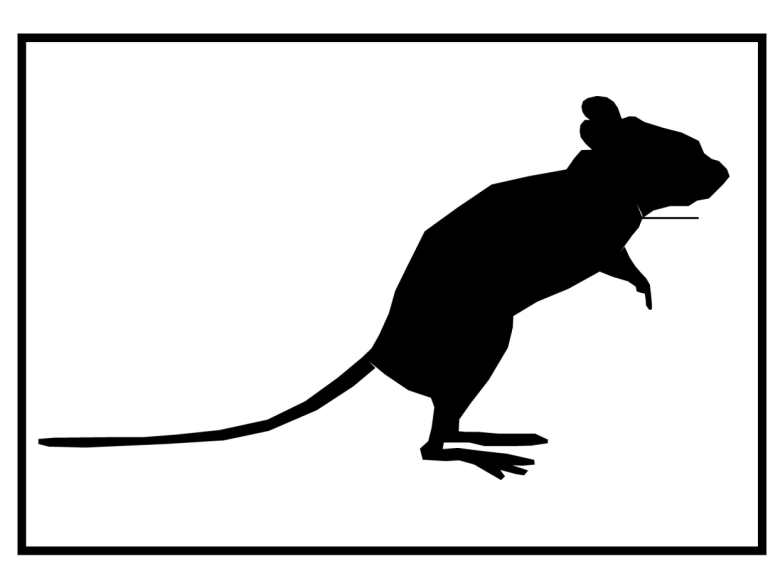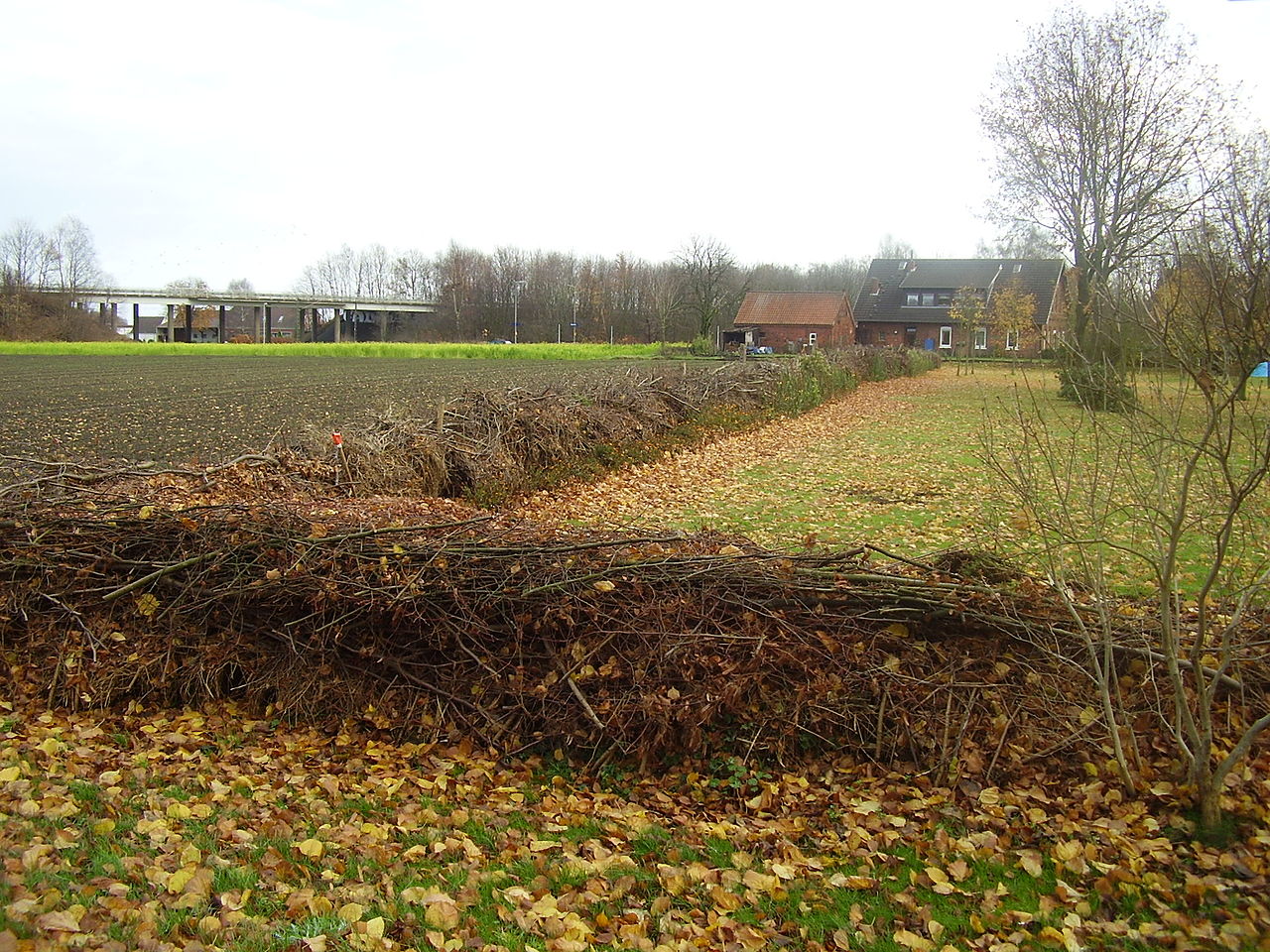Of mice and men

Oh what a saucy headline. Actually, this blog article is not about mice or men, but rodents and farmers. And to be precise, it is about the common vole and Germany’s food security. No worries, I know fully that this issue is insignificant on a global scale, yet; I want to use this example to express my thoughts about a bigger concern (see below).
After years of extreme droughts (2018 and 2019) and crop failures, Germany has an easier year this time. However, that was before the appearance of the killer rodents, aka the common vole (Microtus arvalis). This pest is now on the rise, and crop losses in some states are up to 40%. In terms of affected arable land, we are talking about 120,000 ha. The damage in some states is calculated at 450€ for every hectare of wheat.
The common vole is an European rodent, and its reproduction rate resembles that of bacteria (relatively). Females can give birth to 8 juveniles, which can then be impregnated from the 13th day after their birth. Keep in mind that the pregnancy takes only 16 to 24 days. Combined with the wonders of exponential growth, the common vole can get out of control very fast. In terms of growth strategy, it is a representative of the ‘r-selection theory’, meaning high numbers of offsprings and high growth rates (compared to lower growth rates but higher rates of survival). The overall population growth of the common vole is cyclical. In most years, farmers do not need to worry about them. In other years they have devastating effects. As their basic diet focuses on grasses and cereals, it is the good-weather years that provide a luxurious food platter for the common vole. Their damage on plants is happening belowground as they are eating on roots. When the weather gets drier, plants then die off because of the damaged root system. Natural predators of the common vole include foxes, weasels, buzzards and owls. But with increasing field sizes, those animals become rare, as important structural elements such as bushes and tree rows disappear. In a perfect world, predators and prey would keep themselves at balance. But the world is not perfect, especially since humanity is in demand of high-productivity agriculture. Although simple methods exist which could provide a basic habitat for many predators, it is delusional to think this alone would solve the issue.
 Dead hedge constructed from old branches. Unlike its name, it provides a habitat for natural predators such as foxes or weasels. Picture provided by Kamel15 on Wikimedia Commons.
Dead hedge constructed from old branches. Unlike its name, it provides a habitat for natural predators such as foxes or weasels. Picture provided by Kamel15 on Wikimedia Commons.
So what caused the current explosion of the vole population? Farmers see the issue in the restricted use of pesticides (rodenticides in this case). Many of the classic rodenticides are Cumarin-derivates, which act as anticoagulants. Although they are effective, they can accumulate in predators of those rodents. This substance has been replaced by zincphosphates in the German agricultural landscape. That chemical interacts with stomach acid by releasing toxic phosphine gas. Phosphines get metabolized to less toxic substances quickly and the chances of accumulation in other animals are less likely. Still, the use of zincphosphate is also restricted to some degree. Furthermore, it gets problematic once a vole does not eat a lethal dose, as they can develop a dislike for the bait. Thinking about the general loss of animal biodiversity that is happening on a global scale, restrictions on pesticide sound ecofriendly. And it is fair to assume that every bait will also kill non-target animals that might be beneficial for the environment. Unfortunately, I myself have once killed a friendly mole (Talpidaes spp.) while targeting the common vole with a snap trap. My reaction was to stop using any sorts of traps or baits on my apple trees and promote living habitats for natural predators of the common vole.
But, I am not depending on my apple harvest. Farmers are. And on a bigger scale, we all are dependent on farmers. So was the restriction of rodenticides a premature one? As any talented scientist knows, corelation does not equal causality. But I keep hearing other issues on the topic of pesticide regulations, further fuelling my corelating mindset. Some time ago, the EU banned neonicotinoids, to protect bees and other pollinators. Sounds like a logical thing to do, but alternatives are rare and farmers responded by growing less canola. Canola is the major cash crop that is providing nectar for pollinators. On a radio talk, an entomologist expressed his concern about the possibility that reducing canola in the crop rotation is doing more harm than neonicotinoids (I wish I could give you a reference for this one, but I can not find it anymore). Multiple farmer associations are equally worried about Europes food security because of other pesticide restrictions. One of the most famous to come is Glyphosate, which will not have an EU-license after 2023. What will the next century-herbicide look like? And will it be less or more toxic than Glyphosate? And where does the food come from if not produced in Europe?.
Taking together, I stumbled across many concerning news when keeping up to date with the German and European farming landscape. However, I did not stumble across any mentionable news that the government increased funding for breeding programs or development of biological inoculants. Although farmers are supposed to protect the local environment, they are still not adequatly compensated for doing so. But then up to 60% subsidies are available for building new cowsheds, although Europe is already producing too much milk (and people keep drinking less milk). Sitting on the other side of the globe and reading such news, it seems very irrational and even populistic. Sustainable farming and environmental protection is a global issue and is not resolved by one country marching towards organic farming. All those regulations would make sense if working alternatives were commercially available (or at least researched). I am thinking about:
- Smart traps that recognize target from non-target animals
- Specific rodenticides
- Precision application of pesticides
- Application of beneficial insects in broadacre farming (using drones)
Although we can already see an increasing trend towards precision agriculture and smart farming, we are still a long way from cutting down on our most essential pesticides. At the same time, science and industry will find efficient solutions to tackle all future problems in food production systems. Until then, let us hope that Germany will see a cold winter and get rid of its common voles.
 Wooden perch to attract predators such as bussards or hawks. Picture provided by Frank Vincentz on Wikimedia Commons.
Wooden perch to attract predators such as bussards or hawks. Picture provided by Frank Vincentz on Wikimedia Commons.